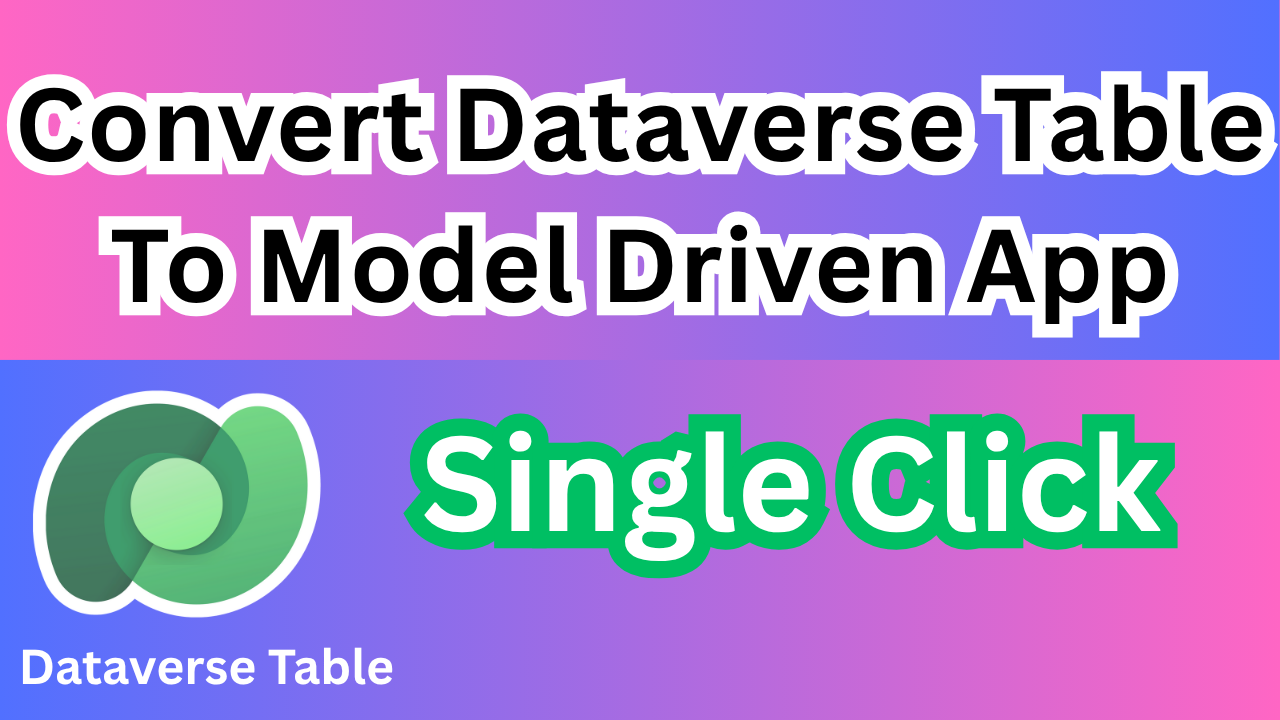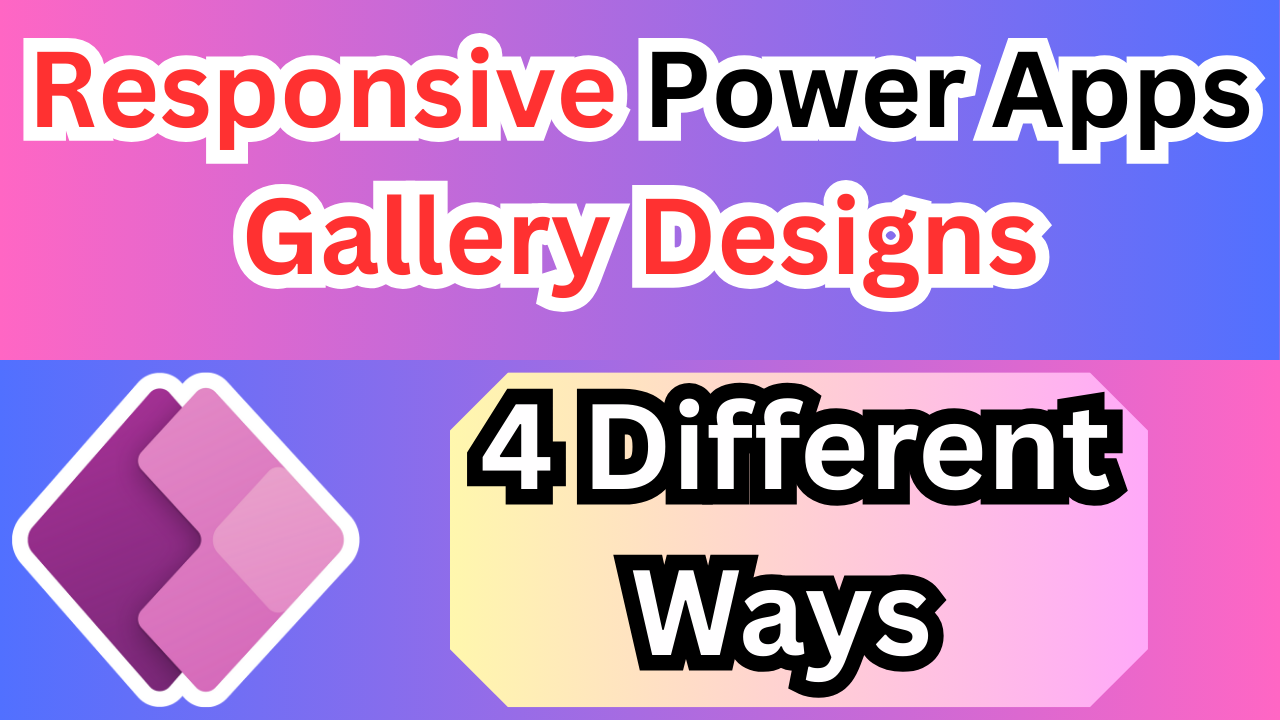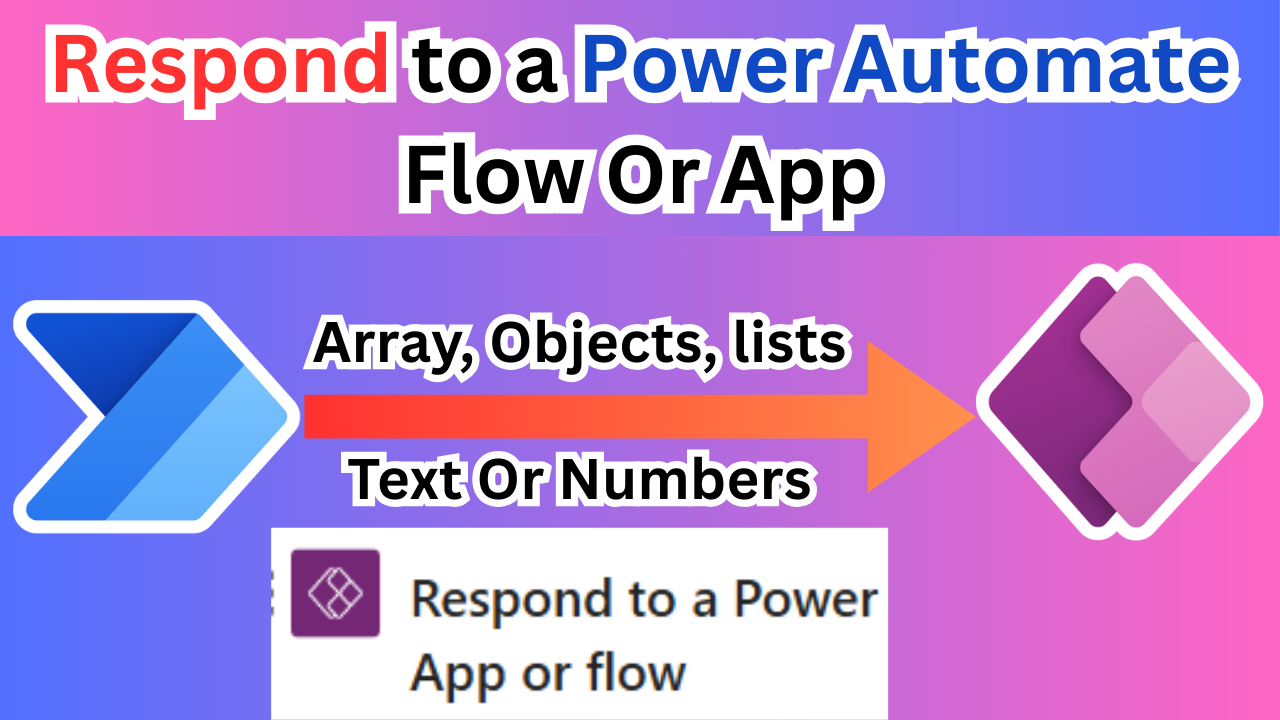Dataverse Interview Questions Answer 2025
1. What is Microsoft Dataverse?
Microsoft Dataverse is a cloud-based data storage and management platform that allows users to securely store and manage structured data within Power Platform applications. It provides a scalable and secure environment with data stored in tables (previously called entities) and supports business rules, security, and relationships. Dataverse is deeply integrated with Power Apps, Power Automate, Power BI, and Microsoft 365, making it ideal for low-code application development and automation solutions. It enables role-based security, data validation, and relational data management, ensuring efficient and secure data handling. With built-in connectors and integration capabilities, Dataverse simplifies data sharing, reporting, and collaboration across Microsoft services.
2. How does Microsoft Dataverse differ from traditional relational databases?
Microsoft Dataverse is a fully managed, cloud-native service, eliminating the need for setup and maintenance, unlike traditional relational databases such as SQL Server or MySQL. It seamlessly integrates with Microsoft Power Platform, providing a low-code environment, whereas traditional databases require custom connectors or APIs. Dataverse offers built-in role-based and row-level security, while traditional databases need custom security implementations. It supports business rules, workflows, and plugins without complex coding, whereas traditional databases rely on stored procedures. The predefined schema in Dataverse simplifies data modeling, unlike traditional databases that require manual schema creation. Additionally, Dataverse ensures managed scalability and seamless integration with Microsoft 365 and Dynamics 365, while traditional databases require manual scaling and third-party tools for integration.
3. What are the core components of the Dataverse data model?
The core components of Microsoft Dataverse include:
1.Tables (Entities): Structured data storage similar to relational database tables.
2.Columns (Fields/Attributes): Individual data points within a table, such as text, numbers, or dates.
3.Relationships: Define how tables are connected (one-to-one, one-to-many, many-to-many).
4.Business Rules: Logic and validation that enforce data integrity without writing code.
5.Security Roles: Permissions that control access to data at the table and row levels.
6.Dataflows & Integrations: Connectors and APIs to import/export data from various sources.
4. How are relationships defined and managed in Dataverse?
Dataverse supports three types of relationships between tables:
1.One-to-Many (1:N): A single record in Table A can be related to multiple records in Table B. Example: A customer (Table A) can have multiple orders (Table B).
2.Many-to-One (N:1): The inverse of a one-to-many relationship.
3.Many-to-Many (N:N): A record in Table A can be associated with multiple records in Table B, and vice versa. Example: Students and Courses.
Relationships in Dataverse can be managed (with enforced referential integrity) or unmanaged (flexible relationships without enforcement). These relationships allow data to be accessed via lookups and roll-up columns, enhancing data connectivity and usability.
5. What is a choice (optionset) column and how is it used in Dataverse?
A choice (optionset) column in Dataverse is a predefined set of selectable values that users can choose from in a field. It is used for standardizing data input and ensuring consistency.
Types of Choice Columns:
•Global Choice (Reusable Optionset): A choice column that can be used across multiple tables.
•Local Choice (Single Use Optionset): Specific to a single table and not reusable.
By using choice columns, Dataverse ensures data standardization and reduces errors, making filtering and reporting more efficient.
6. How do business rules work within Microsoft Dataverse?
Business rules in Dataverse allow users to implement logic and validation without writing code, ensuring data integrity and consistency. They can perform actions such as setting field values, hiding or showing fields, making fields required, and displaying error messages based on conditions. These rules apply at the table level and work across Power Apps without needing Power Automate flows or plugins. Business rules help automate workflows, reduce manual errors, and enhance user experience. They are useful for enforcing data validation and streamlining business processes efficiently.
7. What is the purpose of forms and views in Dataverse?
Forms in Dataverse define the layout and user interface for data entry, allowing users to input, edit, and review records efficiently. They offer features like conditional visibility, sections, and tabs to enhance user experience. Views, on the other hand, control how records are displayed in a list, enabling filtering, sorting, and grouping for better data organization. Forms ensure structured data entry, while views provide an efficient way to browse and analyze records. Both elements improve data accessibility, consistency, and usability within Power Apps. They play a crucial role in enhancing user interaction and streamlining workflows in Dataverse.
8. What are security roles in Dataverse and how do they control access?
Security roles in Dataverse define user permissions at the table and row levels, ensuring controlled access to data. They grant privileges such as read, write, delete, and share based on assigned roles. Using role-based access control (RBAC), security roles can be assigned at the user or team level to manage access efficiently. This ensures that users only access the data they need, enhancing security, privacy, and compliance within an organization. Security roles help prevent unauthorized actions and maintain data integrity. They are essential for enforcing organizational policies and ensuring a secure data environment in Dataverse.
9. How do you implement field-level security in Microsoft Dataverse?
Field-level security in Dataverse restricts access to specific fields within a table, even if users have access to the table itself. This is achieved using Field Security Profiles, which define permissions such as read-only, edit, or hidden for specific users or teams. It is commonly used to protect sensitive data like salaries, personal details, or confidential business information. By applying field-level security, organizations ensure that only authorized users can view or modify certain fields. This enhances data privacy, compliance, and security, preventing unauthorized access to critical information.
10. What is the function of business process flows in Dataverse?
Business process flows (BPFs) in Dataverse guide users through predefined steps, ensuring consistency and efficiency in workflows. They provide a structured approach for processes like sales, customer onboarding, and case resolution, helping users follow best practices. BPFs visually highlight different stages and required actions, improving data accuracy and user productivity. They enforce business rules and standardize operations, reducing errors and streamlining tasks. BPFs also integrate seamlessly with Power Automate, enabling further automation and process optimization. By guiding users step-by-step, BPFs enhance workflow transparency and compliance within an organization.
11. Can you explain calculated columns and how they differ from rollup columns?
Calculated columns in Dataverse allow users to perform real-time calculations using field values from the same table. They support arithmetic operations, conditions, and functions to generate dynamic values without manual input. Rollup columns, on the other hand, aggregate data from related records using functions like SUM, COUNT, AVG, MIN, and MAX. While calculated columns update instantly when referenced fields change, rollup columns refresh periodically based on a system-defined schedule. Rollup columns are useful for summarizing data, while calculated columns help automate field computations within a table.
12. What are environment variables in Dataverse and why are they important?
Environment variables in Dataverse store configuration values that can be reused across multiple apps, flows, and solutions. They help manage settings like API keys, connection strings, or feature toggles, making applications more flexible and reducing the need for manual updates. These variables ensure consistency across environments (e.g., development, testing, production) without modifying app logic. By centralizing configuration settings, environment variables improve maintainability, scalability, and deployment efficiency. They are widely used in Power Apps and Power Automate to manage external dependencies dynamically.
13. How would you approach data migration into Microsoft Dataverse?
Data migration into Dataverse involves planning, extraction, transformation, and loading (ETL) of data from external sources like SQL, Excel, or legacy systems. First, assess data quality and clean inconsistencies to ensure accuracy. Next, use Power Query, Dataflows, Azure Data Factory, or third-party ETL tools to transform and map data to the correct Dataverse tables. Import data in batches using Dataverse Import Wizard, Power Automate, or APIs for large datasets. Validate migrated data through testing, ensuring integrity and performance. Finally, implement ongoing data synchronization if required for continuous updates.
14. What are alternative keys in Dataverse and when would you use them?
Alternative keys in Dataverse provide a unique identifier for records, allowing lookup operations without relying on the system-generated GUID (Globally Unique Identifier). They are commonly used when integrating with external systems that use specific fields like email, customer ID, or national ID as primary identifiers. Alternative keys improve data consistency, prevent duplicate records, and enhance query performance. They are particularly useful in data migration, external system synchronization, and enforcing business rules where unique field constraints are needed.
15. How does Dataverse handle auditing and change tracking?
Dataverse provides auditing and change tracking to monitor data modifications and maintain system security. Auditing logs record actions like data creation, updates, deletions, and user access, ensuring compliance and traceability. Change tracking enables incremental data synchronization by tracking changes to specific tables, optimizing performance for integrations. Audit logs help in security investigations, regulatory compliance, and troubleshooting, while change tracking improves real-time data syncing with external applications. These features ensure data integrity, transparency, and efficient monitoring within an organization.
Dataverse Interview Questions Answer 2025
Dataverse Interview Questions Answer 2025
Dataverse Interview Questions Answer 2025
Dataverse Interview Questions Answer 2025
Dataverse Interview Questions Answer 2025
- Microsoft Dataverse Interview Questions and Answers 2025
- Top Dataverse Interview Questions & Answers for 2025
- Latest Dataverse Interview Questions with Answers [2025 Edition]
- Dataverse Interview Guide: Frequently Asked Questions (2025)
- Dataverse Interview Preparation: Common Questions & Best Answers 2025
- Dataverse interview questions 2025
- Microsoft Dataverse interview prep
- Dataverse FAQs for job interviews
- Power Platform Dataverse interview guide
- Dataverse technical interview questions
- Dataverse job interview tips 2025
- Top Dataverse concepts for interviews
- Dataverse real-world use cases
- Dataverse Power Platform questions
- Dataverse vs SQL interview questions
📌 Microsoft Dataverse Interview Questions & Answers (2025 Edition) | Power Platform Interview Prep 🚀
Are you preparing for a Microsoft Dataverse interview? In this video, we cover the most frequently asked Dataverse interview questions and answers, helping you ace your Power Platform job interview in 2025. Whether you’re a beginner or an experienced professional, this guide will boost your confidence by explaining key Dataverse concepts, use cases, and real-world applications.
🔹 Topics Covered in This Video:
✔ What is Microsoft Dataverse?
✔ How does Dataverse differ from traditional relational databases?
✔ What are choice (optionset) columns, business rules, and security roles in Dataverse?
✔ How does field-level security work?
✔ What are alternative keys and how do they improve data integrity?
Dataverse Interview Questions Answer 2025
Dataverse Interview Questions Answer 2025
Dataverse Interview Questions Answer 2025
Dataverse Interview Questions Answer 2025
Dataverse Interview Questions Answer 2025
✨ Thanks for reading! ✨
I hope you found this blog on the Microsoft Power Platform helpful! From Power Apps, Power Automate (Cloud & Desktop), Canvas Apps, Model-driven Apps, Power BI, Power Pages, SharePoint, Dynamics 365 (D365), Azure, and more, I cover a wide range of topics to help you harness these powerful tools. Don’t miss out on future tips, tutorials, and insights—hit that subscribe button to get the latest posts right to your inbox. 💌
💬 I’d love to hear your thoughts! Drop a comment below with your questions, ideas, or feedback—let’s get the conversation started!
🔗 Let’s connect and grow together!
Follow me, Sanika Thorat, on your favorite platforms for even more content and updates on Microsoft Power Platform and related technologies:
- 💼 LinkedIn – Let’s network and share ideas!
- 💻 GitHub – Explore my projects and code.
- Email Id – thoratsanika98@gmail-com
Let’s build something amazing together with Power Platform and Azure! 🚀!







5 thoughts on “Dataverse Interview Questions Answer 2025”